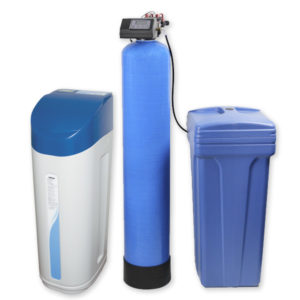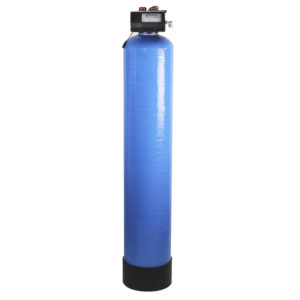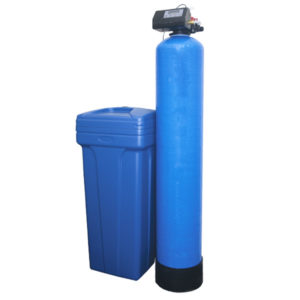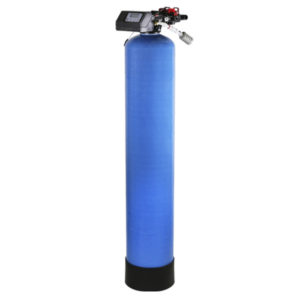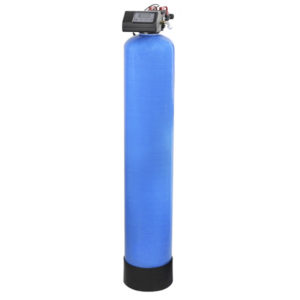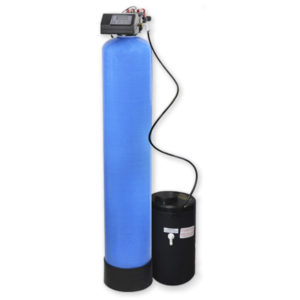
Water Conditioners
Whole house water conditioners are of several types. Each type serves a specific function. For example an iron filter removes ferrous iron but does not remove hardness etc. Choice of water conditioner depends on what needs to be removed. Depending on water quality, sometimes two or more water conditioners may need to be installed to filter the water. For example iron filter followed by water softener.
| Product Type | Water Softeners (Cabinet and 2-tank) | Water Softener with Iron Removal | Air Injection (Chemical-Free) Iron Filter | Greensand Filter | Chlorine Filter | Chloramine Filter | Tannin Reduction Filter | Back-washable Sediment Filter |
| Primary Function (Removal of) | Hard water | Hard water & ferrous iron | Ferrous iron only | Ferrous Iron, Manganese & Hydrogen Sulphide (Rotten egg odour) | Chlorine | Chloramines & chlorine | Tannin s (Colour) | High turbidity - Sediment, sand, silt, grit, and other particulate matter |
| Install location | On the main water line before water pipe divides into hot and cold. AFTER pressure tank for well/lake systems & AFTER water meter for city water. Water conditioners treat ALL the water in the home including bathrooms, kitchen and outside taps | |||||||

